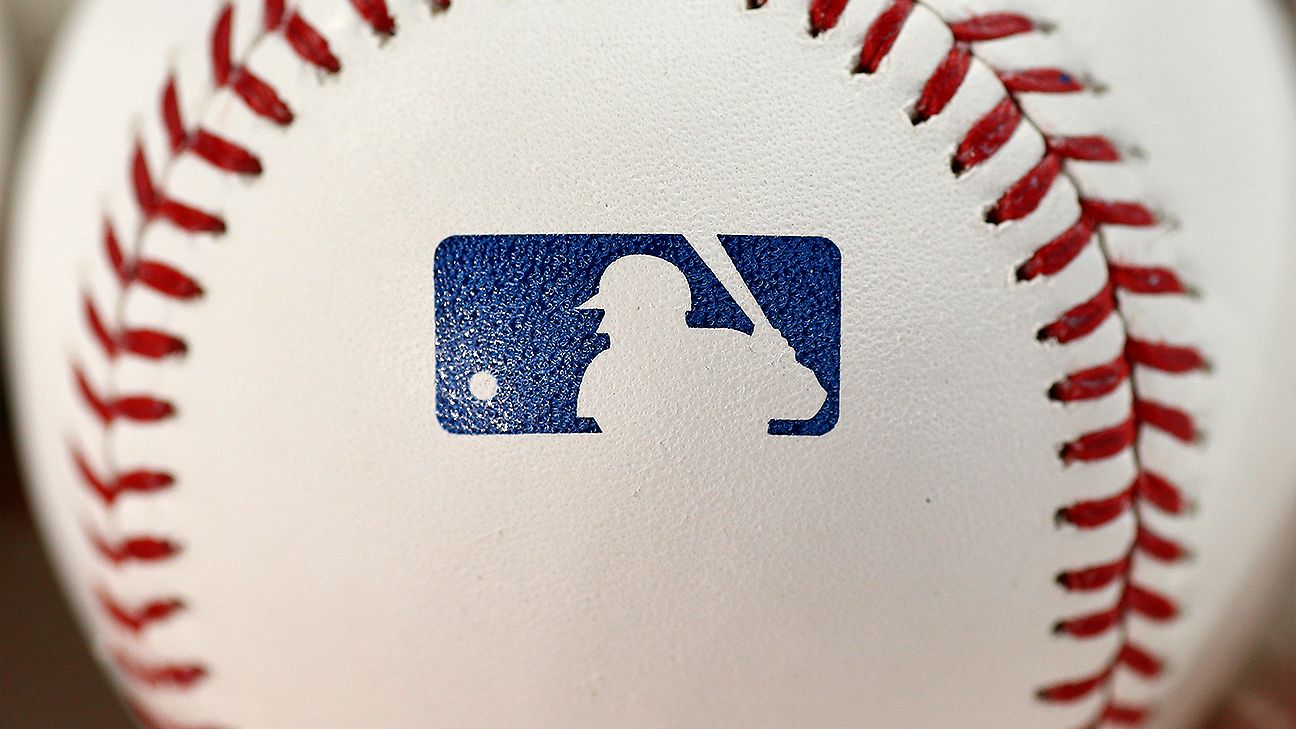NEW YORK — The average major league salary dropped 4.8% to just under $4.17 million on Opening Day from the start of the previous full season in 2019.
The average has fallen 6.4% since the start of the 2017 season, when it peaked at $4.45 million, according to a study of major league contracts by The Associated Press. The salary downturn is yet another sign baseball could be headed toward labor strife and a possible work stoppage in 2022.
Baseball’s middle class has borne the brunt of the drop. The median salary — the point at which an equal number of players are above and below — is $1.15 million, down 18% from $1.4 million two years ago and a drop of 30% from the $1.65 million record high at the start of 2015.
Of 902 players on Opening Day rosters, 417 had salaries under $1 million, including 316 under $600,000.
The 50 highest-paid players are getting 33.4% of all salaries, up from 28.6% in 2017, and the 100 highest-paid are receiving 52.4%, an increase from 42.5% in 2017.
Los Angeles Dodgers pitcher Trevor Bauer is the highest-paid player in 2021 at $38 million after agreeing to a three-year, $102 million contract he can terminate after one season. Los Angeles Angels outfielder Mike Trout is second at $37.1 million, followed by New York Yankees pitcher Gerrit Cole ($36 million) and St. Louis Cardinals third baseman Nolan Arenado ($35 million), who was acquired in an offseason trade with the Colorado Rockies.
The World Series champion Dodgers topped the major leagues at $241 million, the highest big league total since the Dodgers set the record at $270 million at the start of the 2015 season.
Players are unhappy with the slide in salaries under the current collective bargaining agreement, even before last year’s pandemic-shortened season, and intend to press for changes during labor talks this year to replace the contract that expires Dec. 1.
The average was just over $500,000 when AP started its salary studies in 1989 and went down just twice before 2017: after the 1994-95 strike and between the 2003 and 2004 seasons.
The average has dropped 4.9% under the current labor agreement, which started after the 2016 season. The average rose 15.3% under the 2007-11 contract and 32.6% under the 2012-16 deal.
This year’s average was depressed by the Opening Day absence of Houston Astros pitcher Jake Odorizzi, who was left off the initial roster, and infielder Rougned Odor, who had been designated for assignment by the Texas Rangers and later was traded to the Yankees. Their presence on Opening Day would have increased the average by roughly $24,000, cutting the drop over two years to 4.2%.
Add the money the Boston Red Sox owe second baseman Dustin Pedroia, on the voluntary retired list after missing most of the prior three seasons while hurt, and the average would have been down 3.9% to $4.2 million. Termination pay, option buyouts and portions of signing bonuses paid to released players are not included in the average.
In addition, the average likely was lowered slightly by the expansion of active rosters to 26, which probably caused teams to add 30 players making near the $570,500 minimum.
The Yankees were second in payroll at $201 million and the New York Mets, under new owner Steven Cohen, third at $186 million. The Angels were next at $181 million, followed by the Washington Nationals ($179.6 million), Red Sox ($179.5 million), Astros ($176.5 million), San Diego Padres ($175.7 million) and Philadelphia Phillies ($174.8 million).
Twelve teams are under $100 million, with the Pittsburgh Pirates at $46 million the lowest on Opening Day in a full season since Houston’s $44.6 million in 2014. Slightly above the Pirates were the Cleveland Indians ($51 million), Baltimore Orioles ($56 million) and Miami Marlins ($57 million).
Last year’s salaries were cut to 60/162nd because of the shortened season and cannot be compared with other years.
Average and median salaries decline over the course of the season as veterans are released and replaced by younger players making closer to the minimum.
The AP’s figures include salaries and prorated shares of signing bonuses and other guaranteed income for players on active rosters and injured lists and one player who started the season on the paternity list. For some players, parts of deferred money are discounted to reflect current values.
Luxury tax payrolls computed by Major League Baseball are different, using average annual values of contracts on 40-man rosters plus about $15 million per team for benefits and extended benefits.
